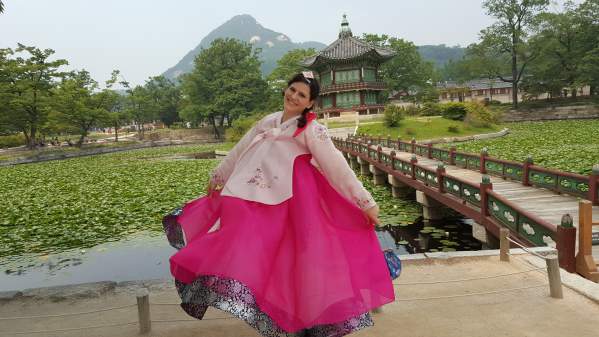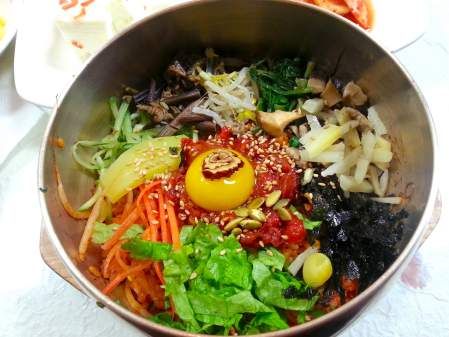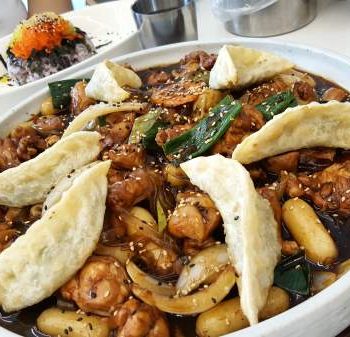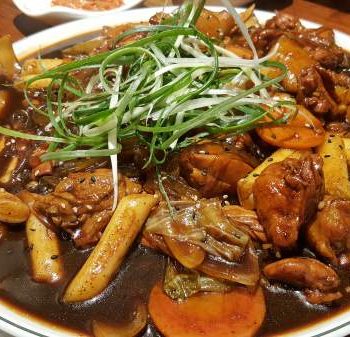Ronit Gruper
Koreans will not miss an opportunity to eat; they believe eating together brings people closer, and that meals are an inseparable part of any social gathering.

Food is an inseparable part of any social gathering. by: Ronit Gruper
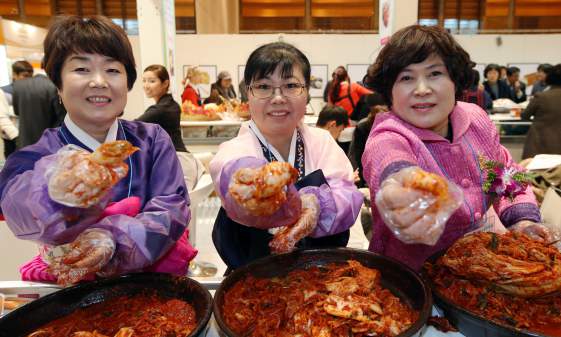
Kimchi Contest by Jeon Han (CC BY-SA 2.0)
Most identified with the Korean cuisine is the Kimchi, a traditional fermented Korean side dish made of vegetables with a variety of seasonings. It is low in calories and high on dietary fibres and vitamins, and in fact it is considered a superfood worldwide.
A creepy McDonald’s ad in Itaewon by Andrew Currie (CC BY 2.0) & KFC in KFC In South Korea
Seoul, the capital, does not have a speciality food of its own, but as the capital of Joseon dynasty (1392-1897), as well as the capital of the modern South-Korea, it is a center where foods from all around the country are gathered2. The royal families of the Joseon dynasty, who lived in the capital and governed the Korean peninsula, enjoyed the traditional meals of the royal cuisine. The monarchy may no longer exist, since Joseon dynasty has fallen and Korea became a republic, but the secrets of their meals are still being researched to this day.
The royal food table was served with 12 dishes, including rice and soup, as well as stew, hot pot, kimchi and sauces. Both white rice and sweet rice were served, and the most common soups were miyeok-guk (seaweed soup) and gomtang (beef bone soup)3. A tourist in Seoul today can find several places that serve traditional royal meals, and can enjoy royalty food just like the monarchs of old did.
Korean style is neither childish nor too cute – they always walk on the fine line of delicate cuteness.
Bibimbap from Jeonju
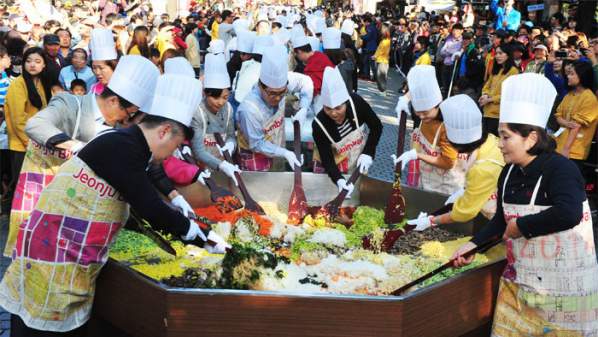
Bibimbap festival in Jeonju
A trip to Jeonju is a must for every bibimbap fan, and during October there’s even the Jeonju Bibimbap Festival.
Korean temple cuisine by Richy (CC BY-NC 2.0)
About the author:
Ronit Gruper, a Korean Studies BA student, The Hebrew University of Jerusalem and Yonsei University, Seoul, the owner of the Facebook page @hansikisrael and Instagram @ronitgruper, and a hopeless Korean cuisine foodie.
